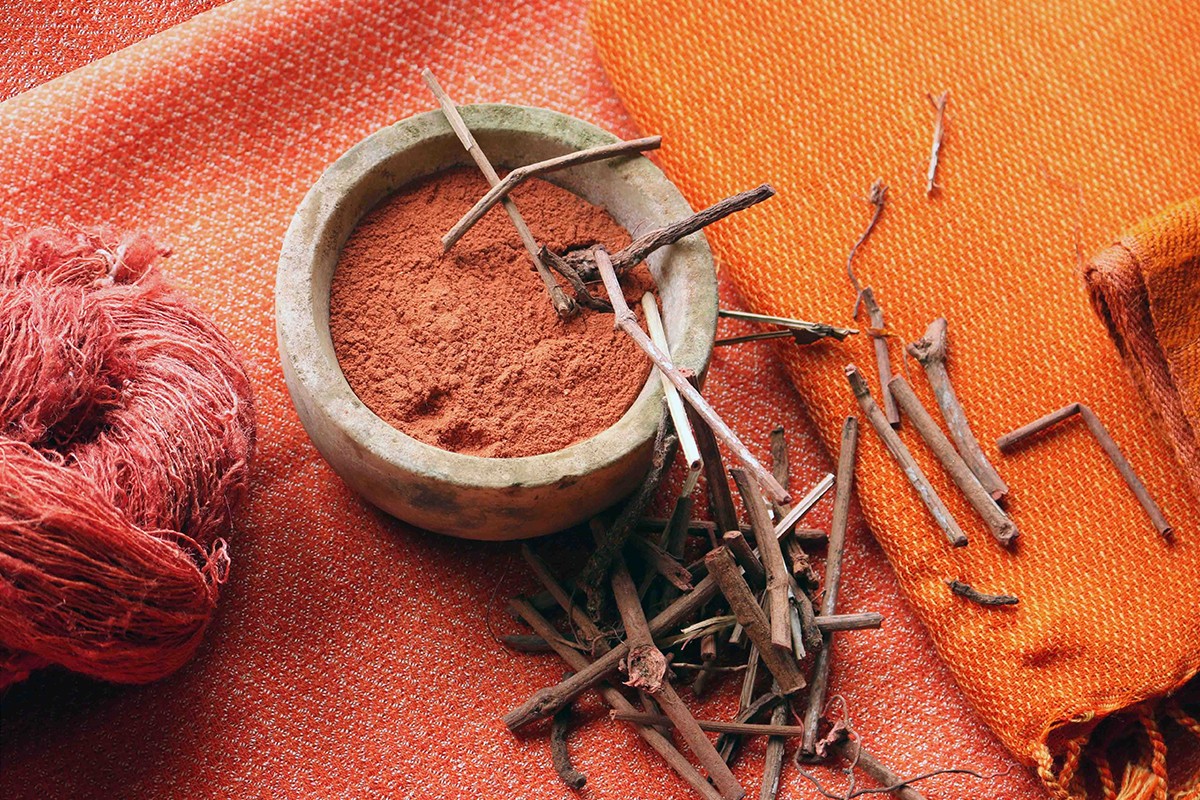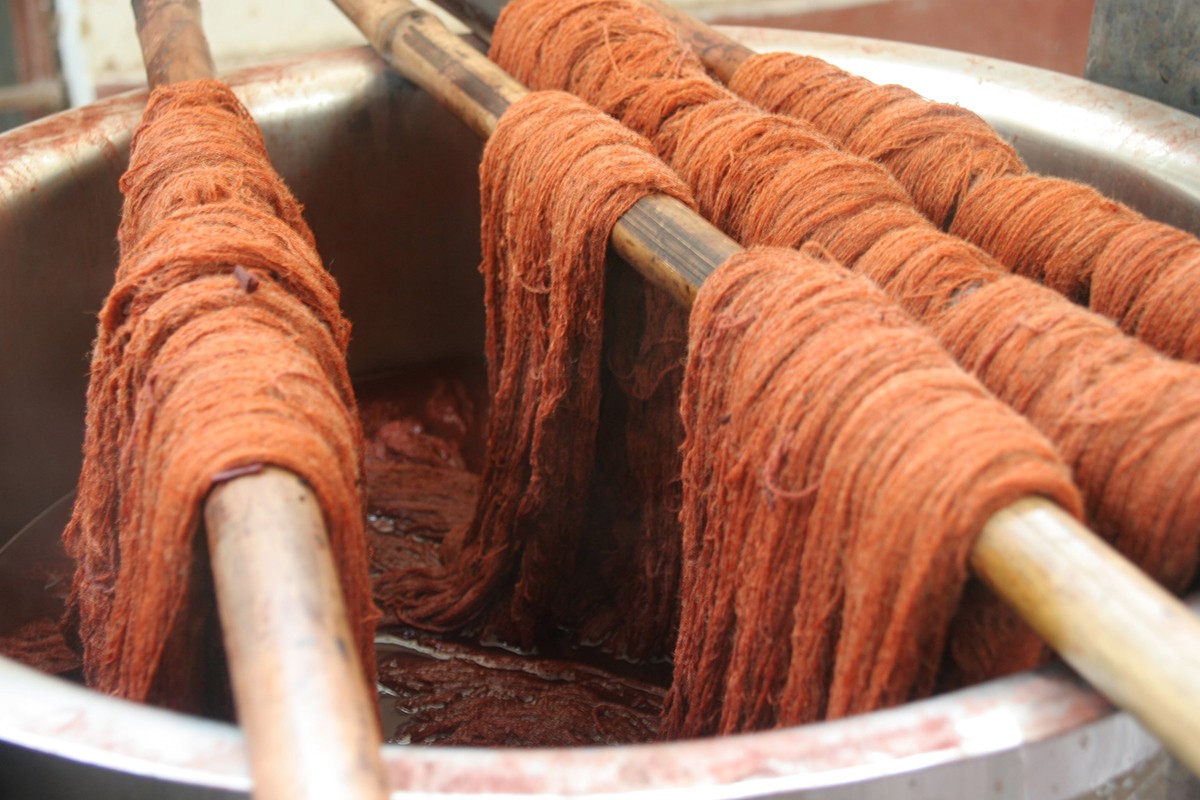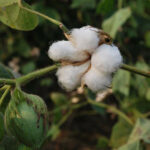The Earliest Evidence of Textile Dyes Is Found
3500 BCE
Fragments of cloth dyed and patterned with madder red appear in the archaeological record, at Mohenjo-daro in present-day Sindh, Pakistan, then a rapidly-expanding Harappan settlement. Found during the 1921 excavation here, these fragments date to two millennia after the cotton threads found in an ornament in a 1970s excavation at Mehrgarh (in present-day Balochistan, Pakistan), suggesting the continued production of cotton fabrics in the region.
Bibliography
Crill, Rosemary. The Fabric of India. New Delhi: Roli Books, 2015.
Mithen, Steven J. After the Ice: A Global Human History, 20,000-5,000 BC. Cambridge, MA: Harvard University Press, 2006.
Siva, R. “Status of Natural Dyes and Dye-Yielding Plants in India.” Current Science 92, no. 7 (2007): 916–25. http://www.jstor.org/stable/24097672.
Crill, Rosemary. The Fabric of India . New Delhi: Roli Books, 2015.
Mithen, Steven J. After the Ice: A Global Human History, 20,000-5,000 B.C . Harvard University Press, 2004.
Siva, R. “Status of Natural Dyes and Dye-Yielding Plants in India.” Current Science vol. 92, no. 7 (2007): 916–25. http://www.jstor.org/stable/24097672 .
Feedback 
This entry appears in
Art in South Asia
Visit Timeline
Associated Timeline Events
First Published: March 11, 2024
Last Updated: July 12, 2024








